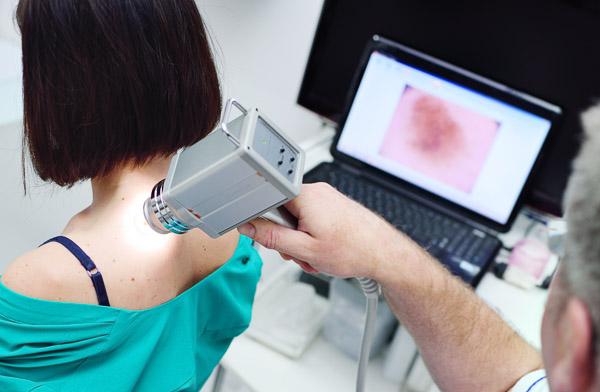When Do Kitchen Burns Become an Emergency?

Valentine’s Day is one of the busiest nights a year for restaurants and catering companies. Increased customer volume and a ticking reservation clock are recipes for burn risk as chefs rush through their tasks to accommodate the rush.
While it’s important to know immediate first aid techniques to treat burns, it can be difficult to tell when emergency medical attention is required.
What Degree Of Burn Are You Dealing With?
Burn injuries are measured by degrees: first, second or third. These degrees are determined by the amount of skin that is damaged, based on surface are and depth. The good news is that most burns do not require a trip to the emergency room; basic first-aid will suffice for the majority of first- and second-degree burns (more on that below). However, there are times when immediate emergency care is required. Third-degree burns always require emergency medical attention.
- First-Degree Burns. These burns only affect the first layer of skin. They can cause redness, swelling and pain, but there will be no evidence of blistering or raw tissue visible underneath. Soak the burned area in cool water for at least five-minutes to reduce the sting and slow down the burn. Never use ice water or direct contact with ice on any burn as they can cause further damage. Gently pat with a clean, dry cloth or let the burn air dry. You can apply antibiotic ointment and a loose gauze to protect the area. An over-the-counter pain reliever can be used to reduce pain and swelling.
- Second-Degree Burns. These burns move into the second layer of skin and may also cause a blister to form. Sometimes the blister forms immediately, other times it takes a while for blistering to emerge. Second-degree burns can also cause redness, swelling and whitish blotching of the burned skin. The burn should be soaked in cool water for at least 15-minutes. If the burn is three-inches (3″) or less in diameter, you can proceed with self-care. If the burned area is greater than three-inches, or affects the face, head, hands, feet or a major joint, a trip to the ER is necessary to make sure it is treated effectively. Never pop a blister as this poses a serious risk of infection.
- Third-Degree Burns. These are the most serious burns of all. They can do permanent damage and the most severe cases require skin grafting. If you suspect a third-degree burn call 9-1-1 immediately. A third-degree burn affects all layers of the skin and can also affect the underlying fat, muscle, connective tissue and bone. Characteristics include a leathery look to the skin or burned skin may appear yellow, black, white or brown. Sometimes a third-degree burn victim feels little to no pain because their nerve tissue has been damaged.
Unlike first- and second-degree burns, third-degree burns should be left completely alone until emergency medical responders arrive. Do not soak the burn in water. Do not remove clothing or anything stuck to the burn. Do not apply any ointments or creams. Keep the victim as comfortable as possible until the EMTs arrive.
Preventing Kitchen Burns
There are several things owners and kitchen managers can do to prevent serious commercial kitchen burns.
Know the risks. Knowing the higher-risk scenarios can help you prepare the staff and the kitchen area accordingly. According to OSHA, young fry cooks are at high-risk for developing grease burns, often while changing the oil in the fryer. Teach best practices for safely operating the fryer and make sure your younger, newer employees are well-trained in both the risks and first-aid techniques. Newer employees are also at risk because they often rush to prove they can keep up. Safety, not speed, should always be the top priority.
Wear protective clothing and gear. Maintain a “no exceptions” policy when it comes to wearing proper kitchen attire – regardless of the temperature in the kitchen. This includes things like long pants and sleeves, closed-toe no-slip shoes, aprons and/or coats that are the proper length to protect the body from burns, gloves and mitts,.
Use proper techniques when working with hot items. Scalding and contact burns account for 40% of burn-related emergency room visits. Their prevention is as simple as using proper food-handling techniques, like:
- Standing to the side when opening hot ovens or steamers, keeping the door between you and the heat/steam.
- Opening the top steamer first, then moving down through the levels, when steamers are stacked.
- Never standing directly above any steaming item or a hot pot when removing the lid.
- Never opening cookers or steam ovens when they’re under pressure.
- Assuming any pot or pot lid is hot and use mitts or gloves accordingly.
Burn prevention should be a routine part of employee safety-training, regardless of a kitchen worker’s experience level.









